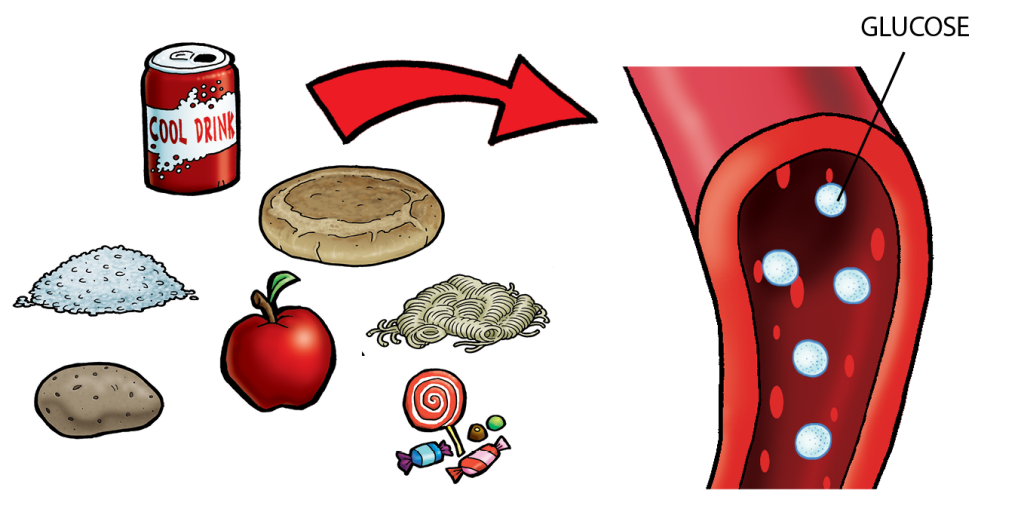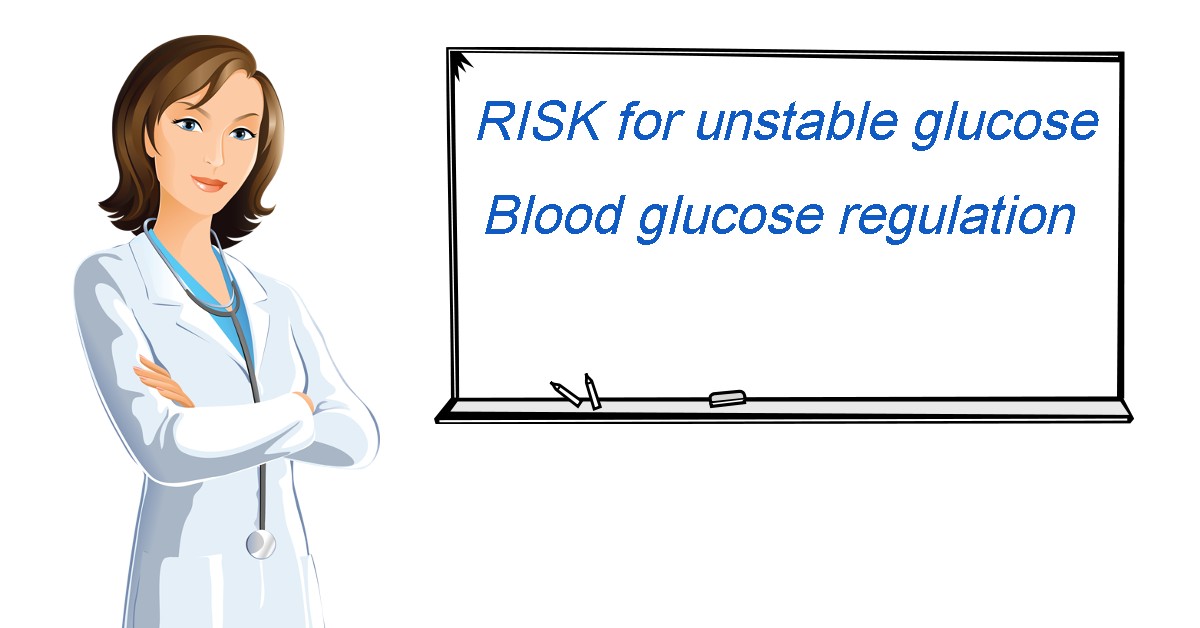As a diabetic, you will face many obstacles in your life. Depends on whether you are type 1 or type 2 diabetic will also affect how you live your day to day life. Although healthy eating, regular capillary blood glucose testing, and exercise can make life easier for you, there is still the risk for unstable glucose. But what is it, and how does it affect your life? But first, let’s take a look at what glucose is.
Is glucose blood sugar?
The short answer is yes. The main sugar that is found in your blood is referred to as either blood sugar or glucose. As your body’s main source of energy, it comes from what you eat and drink. How your body uses and converts the sugar or glucose, is what determines whether you have low blood sugar, normal blood sugar, or high blood sugar. The latter is what puts you at risk of being pre-diabetic or diabetic. So why does our blood glucose or sugar rise and fall? This is, for the most part, completely normal in a healthy adult. Some of the most common factors that makes blood sugar or glucose rise is a meal with more carbohydrates than normal, not being physically active, side effects from certain medications, infection or other illnesses, changes in hormone levels, being overweight or obese, and stress. Then on the flip side of the coin we have things that makes blood glucose or sugar fall. These include missing a meal or eating a meal with less carbohydrates than what the body needs, alcoholic drinks (especially on an empty stomach), strenuous activity, side effects of certain medications, and dehydration.

But why is it sometimes referred to as glucose and other times as sugar? This is simply a preference. The hospital and your doctor is more likely to refer to it as glucose, as it is closer to the medical terms that they are taught. In laymen terms it is easier to refer to it as sugar. If you were to look at the labels of food and drinks, you will also see that sometimes it is referred to as either glucose or sugar. But truly, there is no difference. It is found almost everywhere, and is an inevitable part of your daily routine.
Then the question arises – why do we need glucose in our bodies? Sugar is used in its natural form, or extracted from carbohydrates from the food we eat. These sugars are then used to send energy to our brain and other cells in the body. Without the necessary sugars in our diet, your blood glucose levels drop and you go into a state of ketosis, where your body starts burning fat for energy. This is a dangerous game to play, as your blood glucose can fall too far and you go into hypoglycaemia, which can cause coma, seizures, brain damage, or be fatal.
The food we consume is directly impacts on glucose level. We did some tests and they documented in Natural blood thinner post.
What the exact cause for diabetes is, is still unknown. What is known is that the immune system starts to attack and destroy your insulin-producing beta cells in your pancreas. This leaves you with a lack of insulin which then needs to be replaced through other means.
Risk for unstable glucose
The line between hyperglycaemia and hypoglycaemia may be a thin one when you are diabetic. The risk for unstable glucose is determined by many factors, and these factors can either be determined by your day to day activities or prolonged factors. When our bodies utilizes glucose, it derives it from many different places. Fructose and lactose are both sugars that are converted to glucose. Starches are broken down into glucose. Even physical or emotional stress can trigger the release of hormones which can cause high blood glucose levels. Other factors that can cause unstable glucose levels includes the food that you eat, the physical activities you take part in, certain medications, certain illnesses, injuries, surgery, and menstruation or menopause.
If you have already been diagnosed with diabetes, there are other risks for unstable glucose levels. The main one is a lack of knowledge on how to manage your diabetes. When children are diagnosed with diabetes, the risk for unstable glucose can be determined by the developmental level of the child. Another risk for unstable glucose can be an imbalance of activity, where there is either too much activity through exercise, or too little activity, which leads to further obesity. Another risk for unstable glucose is inadequate blood glucose monitoring, where you do not properly keep track of your blood glucose levels, which in turn can lead to either hypoglycaemia or hyperglycaemia.
When nurses assess the risk for unstable glucose blood levels, they will look at the above risk factors and address the problem accordingly. They will monitor you for hyperglycaemia, which is an inadequate amount of insulin to glucose. The excess amount of glucose in the blood creates an osmotic effect, which in turn results in increased thirst, hunger, and urination. You may also experience symptoms such as fatigue and blurred vision. They will also monitor you for hypoglycaemia, which is a decreased glucose delivery to the brain. The lack of glucose in the blood may cause you to experience tachycardia, tremors, dizziness, fatigue, headache, hunger, and visual problems. As you can see, the symptoms of both hyperglycaemia and hypoglycaemia can present almost identical, which is why it is always best for you to check if you are at risk for unstable glucose blood levels through the use of a glucometer. The hospital may also do a bedside venous blood test to monitor if you are at risk for unstable glucose blood levels, and how to treat you accordingly. This is also why your doctor will talk to you continuously to monitor your blood glucose levels, to keep certain food or drink items nearby, and to keep a log of your blood glucose levels to prevent the risk for unstable glucose. The risk will however always be present, as every human being experiences fluctuating blood glucose levels. Therefore the risk for unstable glucose blood levels will be a constant reminder to closely monitor your blood glucose levels in order for you to live a full, active life.
